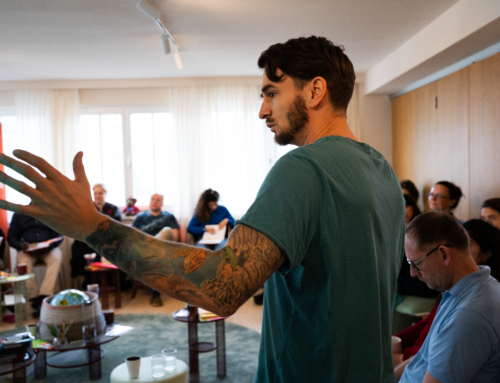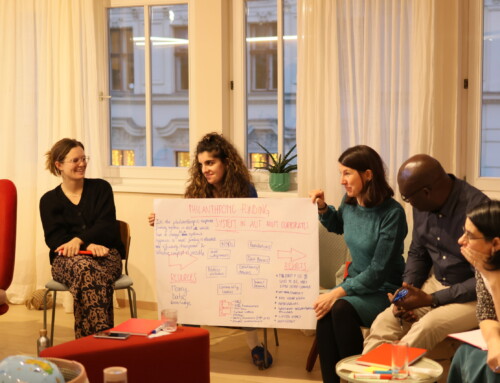Ashoka Fellow Andreas Heinecke: the rise of the Dialogue Social Enterprise and its social franchise model
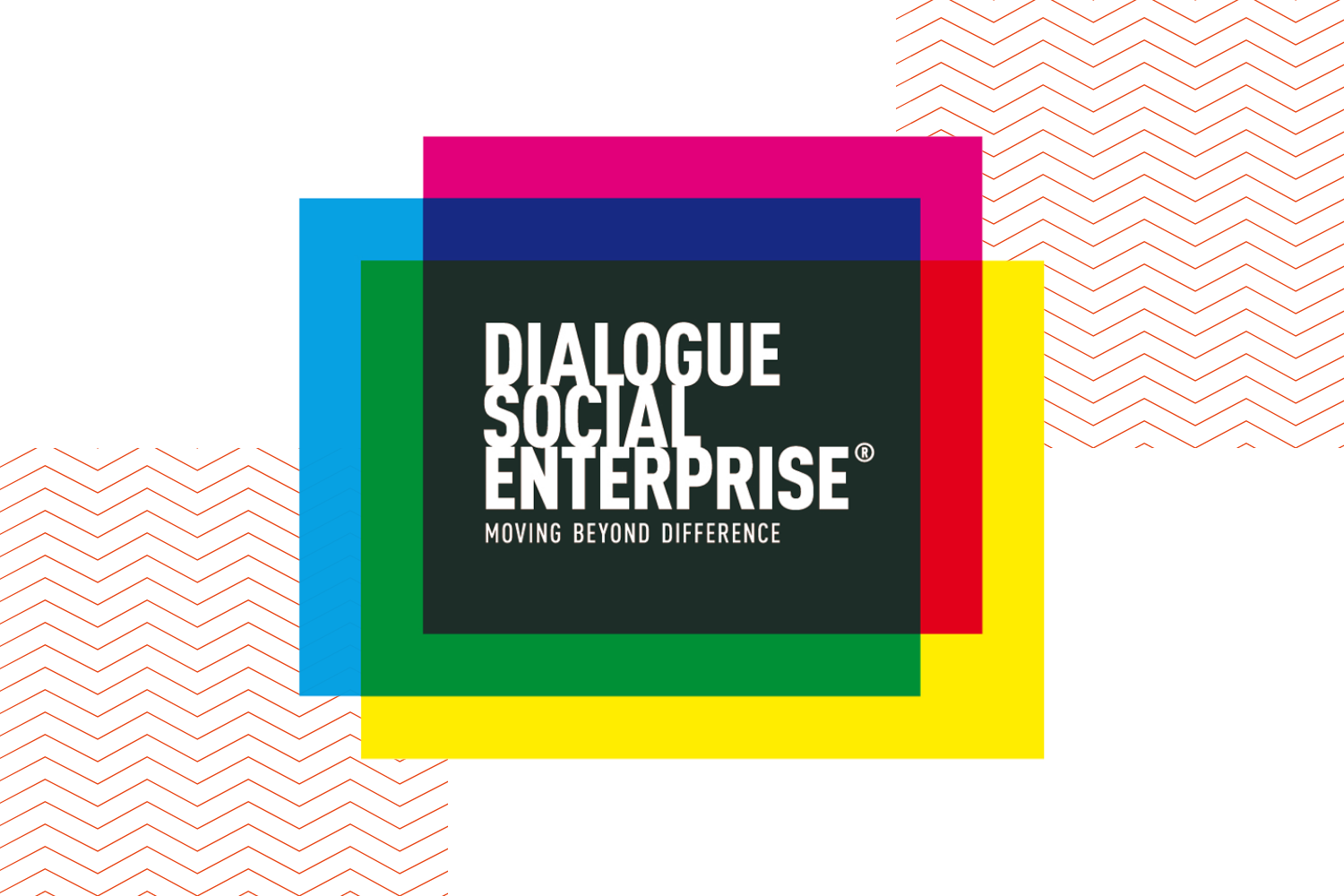
By Simone Castello, Centro Studi Lang
Social enterprises are set up as profit-making businesses tackling a social or an environmental need. Because of this typical dual soul, economic viability must be built around a defined impact model (i.e. a Theory of Change), which has to be clearly accessible to investors and external stakeholders.
Dialogue Social Enterprise (DSE) is a leading example on this matter: an established sustainable model reuniting three main programs (Dialogue in the Dark, Dialogue in Silence, Dialogue with Time) which in 30 years have been able to change the stereotyped perceptions on disabilities of millions of visitors, facilitating social inclusion and providing thousands of jobs for disabled, disadvantaged and elderly people.
As an operating social enterprise DSE has established one of the first social franchise models worldwide with businesses run in more than 30 countries. We have examined the dynamics of DSE to highlight some key lessons for social entrepreneurs and social investors in an interview with Andreas Heinecke, creator of Dialogue in the Dark and DSE founder, and Raphaela Tončić-Sorinj, Head of the Ashoka Visionary Program.
Andreas Heinecke and Dialogue Social Entreprise
It is always interesting to highlight how innovations arise… How was the Dialogue in the Dark idea born?
Andreas Heinecke: As a matter of fact the Dialogue in the Dark idea was born out of an accident. But that’s not unusual – as per Coca-Cola, Teflon, potato chips… Accidental innovations are frequent and often involve products destined to create a deep impact on society.
I started my career as a journalist and one day I was assigned to organize a formation for a young journalist who had lost his eyesight in an accident. At first, I did not know what kind of work I could assign him because I did not have experiences with blind people. But my attitude to certain disabilities and conditions began to change, I came to understand how to cope with fundamental changes in life and to gain a new dimension to perceive our day-to-day world without vision. The most significant problem was not serving “them”, but rather breaking down the barriers between those who were blind and those who were not.
That’s how I began my journey to devote myself to finding new ways to bridge the gaps through direct human experience.
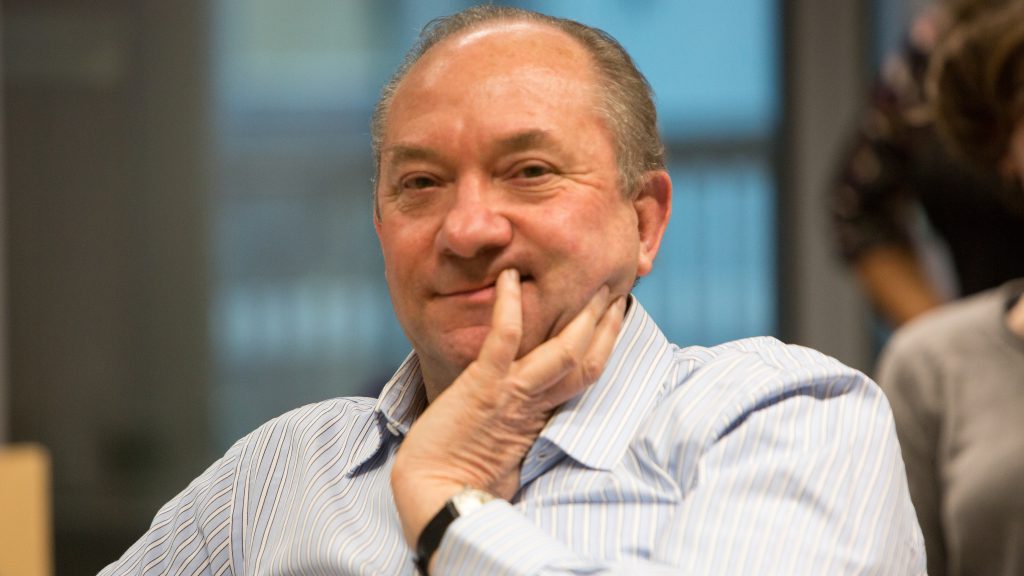
Could you highlight the main drivers of Dialogue Social Enterprise, in terms of business and operating models?
Andreas Heinecke: I have been in the market for the last 30 years, founding different social enterprises. In 2008 I launched Dialogue Social Enterprise (DSE) as an umbrella for the other entities with the main purpose to promote social change through exhibitions and to raise awareness about the life conditions of people with disabilities and elderly people. Our point of strength is to be self-funded, we don’t receive donations and employee no volunteers, we have 140 employees.
Dialogue Social Enterprise operates on two levels – as a social franchise business and as a provider of consulting services. We have a broad spectrum of national partners (private social investors, corporates, non-profit organizations, museums, and universities) in the entire world, operating autonomously by means of a license. In order to assure that these worldwide businesses correspond to our quality standards the license payments include consultation and implementation services by the DSE team.
Our Dialogue in the Dark program invites visitors to explore the unseen in a pitch-dark exhibition. The public is lead by blind people, resulting in a complete role reversal for both parties. With Dialogue in Silence, participants wear headphones that simulate the conditions of being deaf. The immersion into a completely silent world forces participants to rely on their deaf guides to communicate, using body language and other alternative methods without sound. With Dialogue with Time, visitors learn to see aging from a new perspective and enter into a profound exchange with seniors from the age of 70 years and up.
Attracting impact investors: key lessons
What do you think a social enterprise, which unites social impact to a business model for economic viability, should remember to attract external investors?
Andreas Heinecke: Well, first of all, Dialogue Social Enterprises has been an object of external investing, so we can talk from our experience. It’s a matter of establishing a good connection with investors: you can make a due diligence, an investment plan, highlighting the business and marketing model… that’s fundamental but normally not enough to set the base for a fruitful collaboration. With social and impact investors you will need many meetings to build the relationship: with the economic return not being the only driver, both parties need to get to know each other.
Secondly and as a consequence, there has to be a mission fit: you have to be very clear and rationale about what you are doing and whether the social objectives and priorities of investors align with your mission in order to conciliate mutual expectations.
Finally, both parties have to agree on the expected timeline. Social change does not come easily: to create real and significant long-terms outcomes you must envision a stable collaboration and a patient commitment. These are elements that must be clearly defined at the beginning of the partnership.
Raphaela Tončić-Sorinj: I would add that during the relationship you have to be very transparent, collecting and sharing data in an understandable way for the investor. Also, your personality matters: you have to build trust, therefore, your ability to relate to the investor is pivotal.
On an economic standpoint what we see here is the huge need of hybrid investments for social entrepreneurs. Ashoka Germany, for instance, created the Financing Agency for Social Entrepreneurship (F.A.S.E.) focused on finding hybrid investments for social entrepreneurs and bridging communications between investors and social entrepreneurs. We think this is working very well and really answering to a market need, amplifying the range of investments to areas that traditionally investments did not cover.
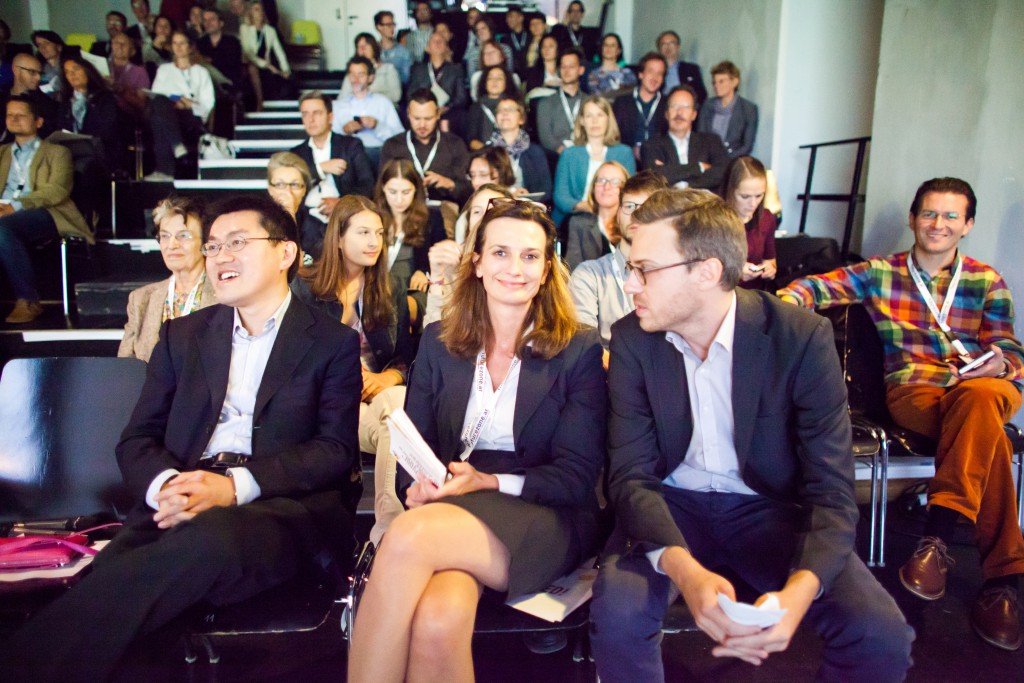
“...in today’s world if you are a social enterprise you must be crystal clear about the impact you are creating…” Raphaela Tončić, Head of the Ashoka Visionary Program (middle)
Your model is characterized by a strong economic sustainability with assures the existence of DSE in the long term. But what is your approach to social impact? How do you keep track and measure your results?
Andreas Heinecke: We are an evidence-based organization: it is important to communicate and give evidence to our successes just as long as our claims are based on strong proofs – and that’s something we always keep as our guiding principle. We belong to different networks, as Ashoka and the Schwab Foundation, and when you are selected to become a member you have different obligations – one in particular is to carefully monitor and account for the social impact you generate. We often use the SROI approach and we have an annual report with our partners to collect data and dedicated people to analyse what data tell us. Just a few days ago we received a study on current stigma on blindness and we are carefully looking into it as we want to clearly define the difference we make.
Empowering a new generation of leaders
The Ashoka Visionary Program was created in 2015. What lead Ashoka to create this educational program and what is its connection to Professor Heinecke?
Raphaela Tončić-Sorinj: The idea of this program came out from our work with social entrepreneurs, with our Ashoka Fellows. We saw that it was beneficial to offer them a program summarizing and structuring Ashoka’s approach to social entrepreneurship, innovation, and empowerment. From there we developed a 7-modules program, each of two days. We saw we could make a social business out of this idea, forming a platform that could unite our social entrepreneurs to other stakeholders – from the private sector, business consultants, business angels, people from the CSR community, public sector actors… to make them work together on the social issues our social entrepreneurs tackle every day. It was amazingly fruitful, and lots of interesting initiatives emerged from this program.
Professor Heinecke teaches Impact and Business Modelling at the Ashoka Visionary Program. There are different ways of measuring your impact in terms of models & tools and what he just pointed out represents one of the available possibilities in a portfolio of approaches. The point is that in today’s world if you are a social enterprise you must be crystal clear about the impact you are creating otherwise you will not get funded. An added-value is that beside a panel of expert speakers as Professor Heinecke, each module presents one Ashoka’s Fellow sharing his story, his change-maker journey.
Our next edition will start in October and registrations are open. Participating means accessing the Ashoka’s know-how, getting in touch with our social investors and entrepreneurs to comprehend their issues and understand how to set up your own innovative social enterprise… and at the same time building the network to implement it.

